
(Below) What I bought at Amherst Books. Click either for more info.


Amherst Typewriter Shop has been around since I was in high school, and while they've taken some steps into the 21st century with computers, even changing the old sign (at least re-wrapping it), the old manual typewriters are still up front. According to the sign on the door (click below to read), if you're short on entertainment options you can watch them install batteries.

(Above) The new hard to read low contrast sign
(Below) The old sign, the way I remember it

(Below) The old guard, still ready for battle.
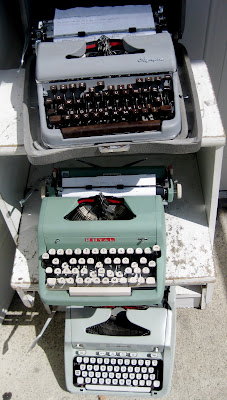
I picture Amherst Typewriter's customers as poets and writers with framed pictures of Kerouac at his Underwood on their wall foregoing laptops in the belief that the writing experience must remain pure. Kerouac's machine is on display in his native Lowell. He carried it around with him (much as people carry laptops today) and wrote On the Road on a scroll (below). Can you imagine the Haymarket sounding like an old newsroom with the rat-a-tat of typewriters instead of the glow and ticking of laptops? I wonder if Jack liked smoothies.

(Above) Jack Kerouac's Underwood
(Below) Jack and his bounty

When I was in college, before computers, everyone was using typewriters. I had a manual Remington that I bought from Amherst Typewriter in 1982. The whole idea of second and third drafts of papers is now obsolete since documents are edited in real time on the computer leaving no forensic evidence of the initial words and ideas. Do authors save rough "drafts" of books in any form I wonder? Maybe they just "save as" once in a while. I used to hand-write the initial draft. Then re-write it. Then type it for the third and final draft that would be handed in (sometimes with the first two drafts in writing classes). I was well equipped for a few mid-draft tweeks with a bucket of white-out and a brush at my side but never did I even dream of a "delete" or "cut and paste." I'd slather on the white-out (thanks Mike Nesmith's mom!), blow on it to speed the drying, and then re-type the brilliant new prose over the whitewash. Things would get a little wet and pulpy at times when I was impatient with the drying time. Many students today, I would bet, cut and paste their papers from other sources and then change them around enough so they seem like original works. Damn! How did I miss out in this cakewalk!

(Above) Click the photo above to read the message I found there.
(Below) Russian Keyboard. "Dear Vladimir, It's me George. Lookie here fella...."





































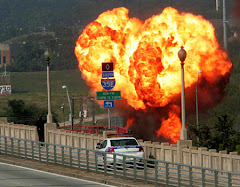









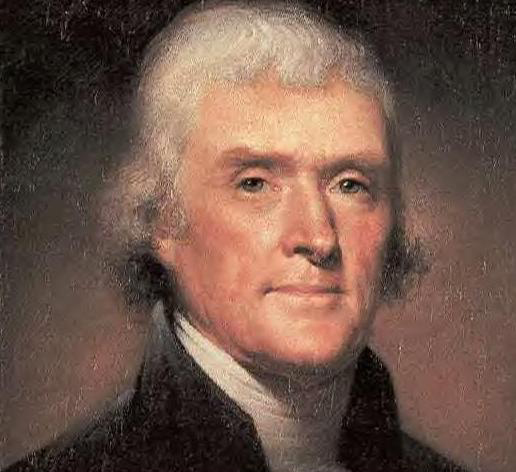





























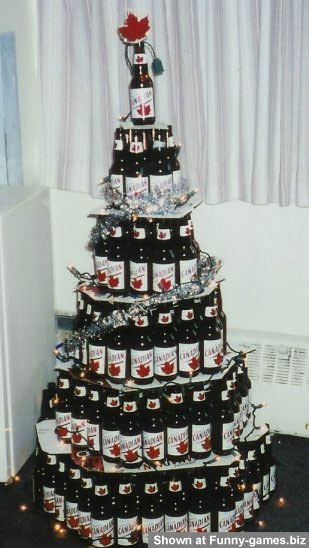









.jpg)









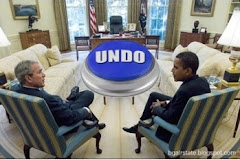
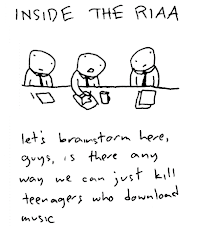





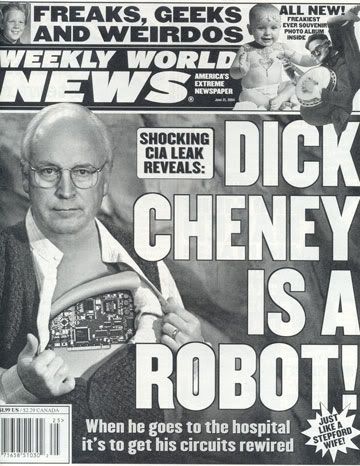

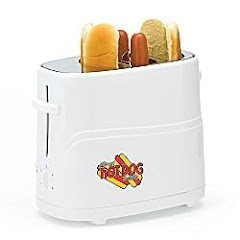







































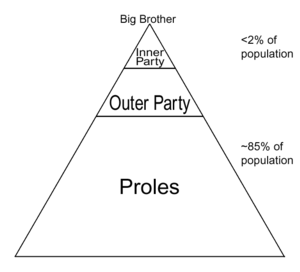








































1 comment:
End of shift. Have to leave computer. Back tomorrow. GOOD BLOG!
Post a Comment